How to achieve low EMI in Class D audio amplifiers
Time:2023-07-27
Views:805
1 Introduction
Class D audio amplifiers often have EMI issues due to the presence of switching frequency. This article will introduce some methods to effectively reduce EMI of Class D audio amplifiers.
2. Choose ferrite magnetic beads to reduce edge rate
Utilizing low-cost ferrite magnetic beads can save a lot of system BOM costs. For EMI bandwidth less than 5MHz, especially when the switching frequency is about 300kHz (to achieve better efficiency), experimental results show that reducing edge rate is an effective method to reduce EMI.
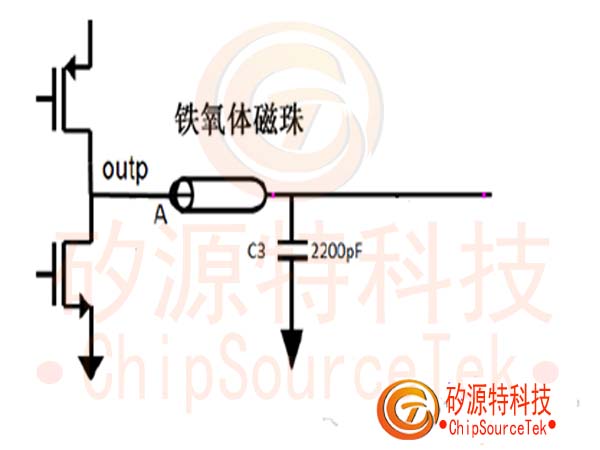
Figure 1 Magnetic bead filtering
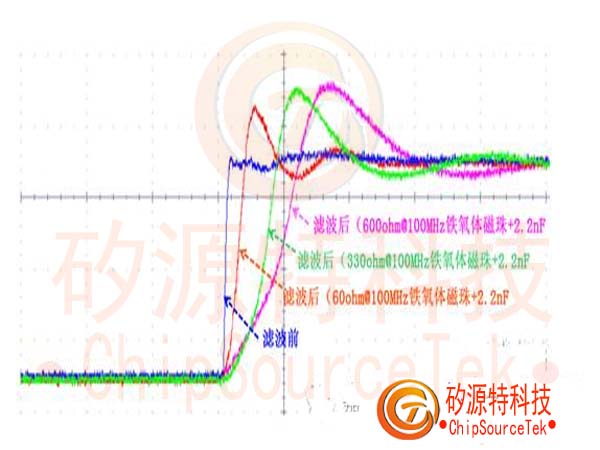
Figure 2 Edge rates of ferrite magnetic rings with different impedances
In Figure 2, a higher impedance of ferrite magnetic beads can achieve a lower edge rate D-class output; apply 600ohm@100MHz The ferrite magnetic beads can achieve the lowest edge rate D-class output, ultimately achieving the best EMI results in the high-frequency range. However, for magnetic beads of the same model and packaging, a higher impedance means a lower rated current, so it is also necessary to consider whether their rated current meets the circuit requirements. Figure 3 shows the effect of ferrite magnetic beads on conductive EMI.
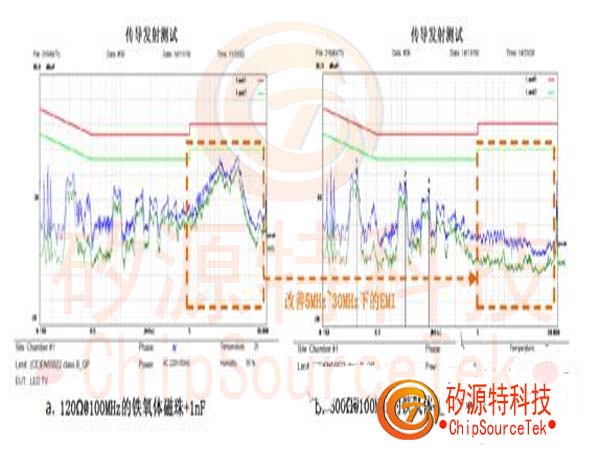
.jpg)

Figure 3 Effect of Ferrite Magnetic Beads on Conductive EMI
.jpg)
Figure 4 shows the effect of ferrite magnetic beads on radiative EMI
3. Using LC filtering
The use of inductive filtering, despite its high cost, has a significant effect on suppressing EMI and is still widely used. For Class D audio amplifiers with traditional modulation methods, the following LC filtering can be used.
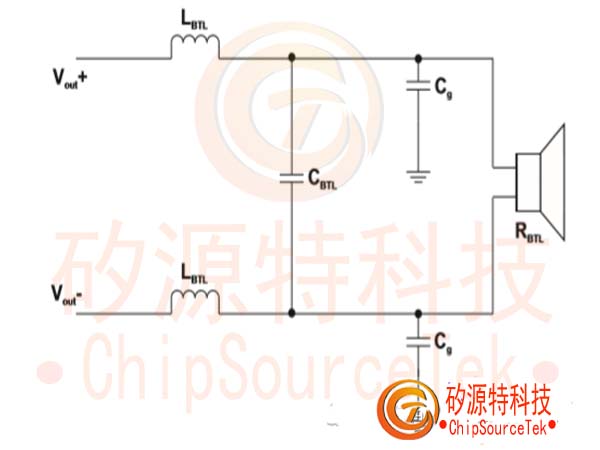
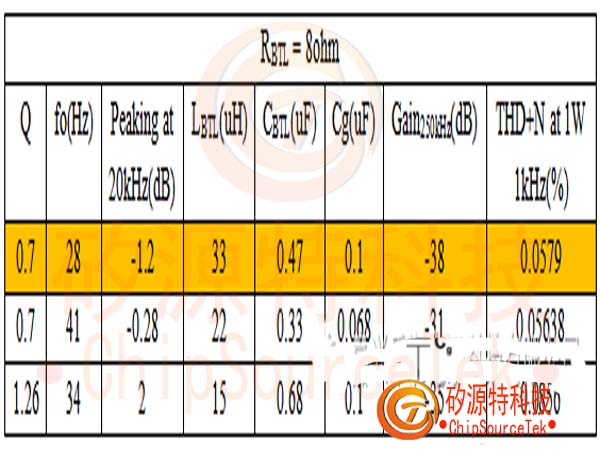
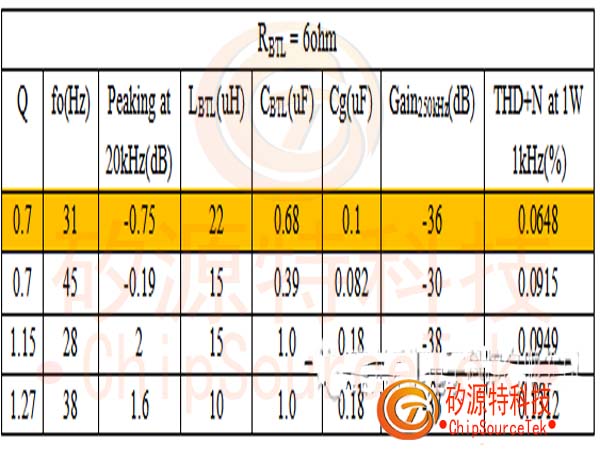
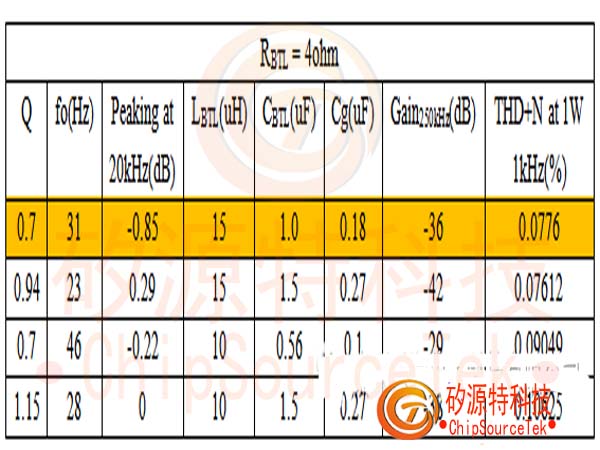

Figure 5 BTL LC filtering of Class D audio power amplifier using traditional modulation method
Table 1 LC Filter for 8ohm Load with Traditional Modulation Method

Table 2 LC Filter for Traditional Modulation Method 6ohm Load

Table 3 LC Filter for Traditional Modulation Method 4ohm Load

For Class D audio amplifiers without filtering modulation, the following LC filtering can be used.
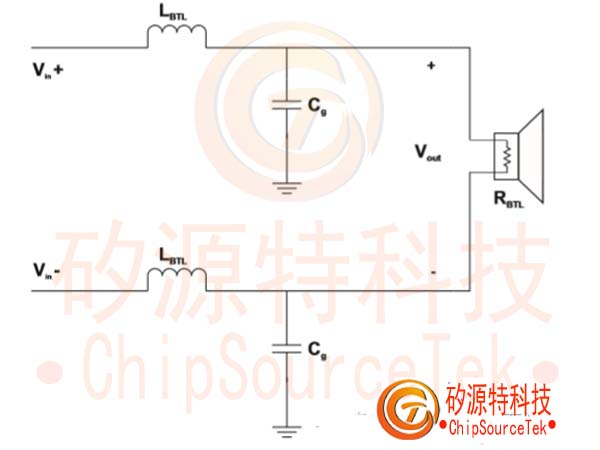
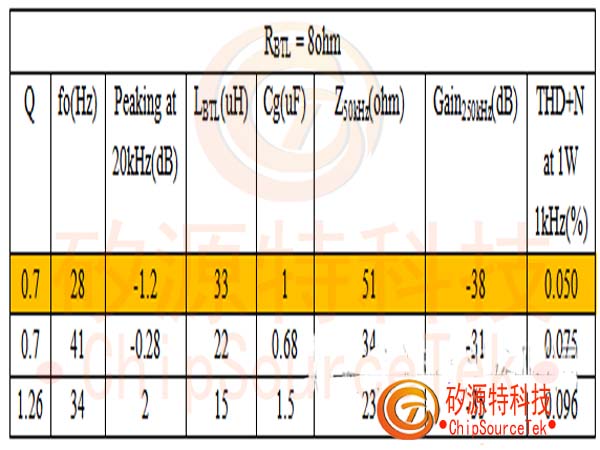
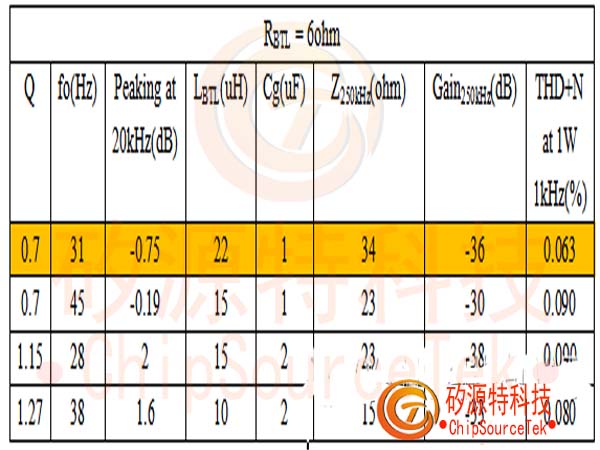
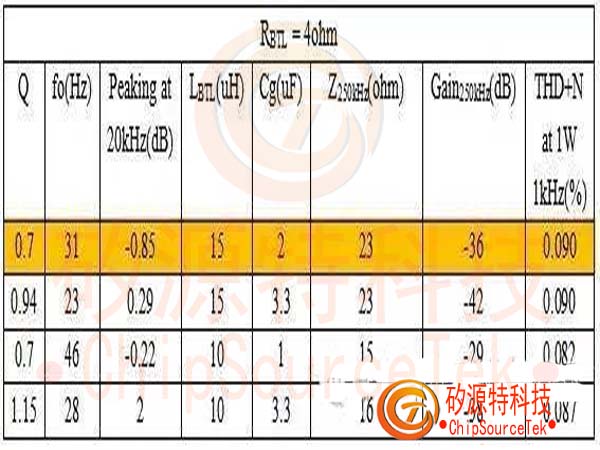

Figure 6 BTL LC filtering of Class D audio power amplifier using filter free modulation method
Table 4 LC Filtering of 8ohm Load with Filter Free Modulation Method

Table 5 LC filtering for 6ohm load with filter free modulation method

Table 6 LC Filtering of 4ohm Load with Filter Free Modulation Method

4. Utilize the Zobel network to minimize instantaneous oscillations as much as possible.
Figure 7 shows a typical circuit designed by us to reduce the oscillation effect of the output filtering circuit. R1 and C1 will absorb the oscillation energy caused by the IC itself. R2 and C2 are used to absorb oscillations caused by the resonant frequency of the filter.
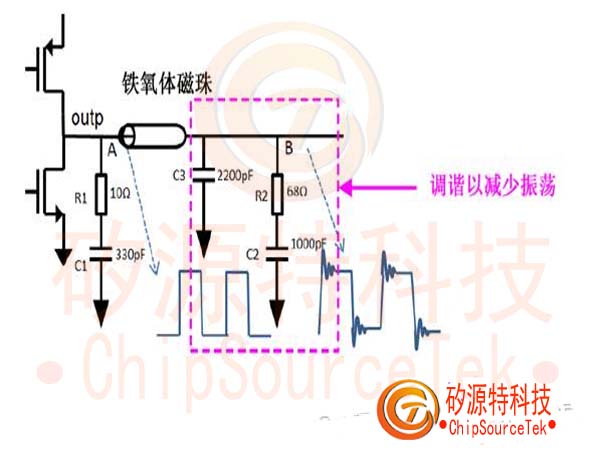
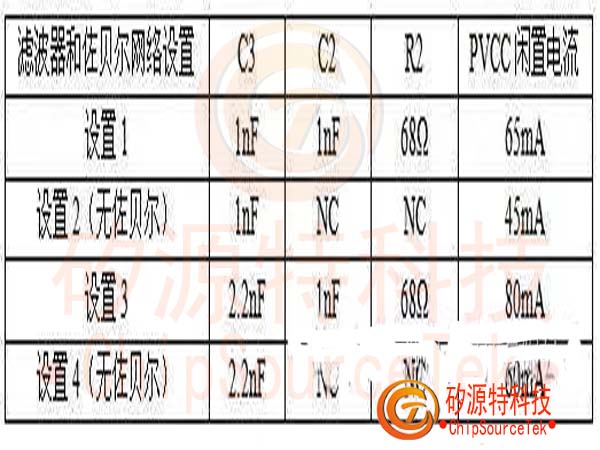
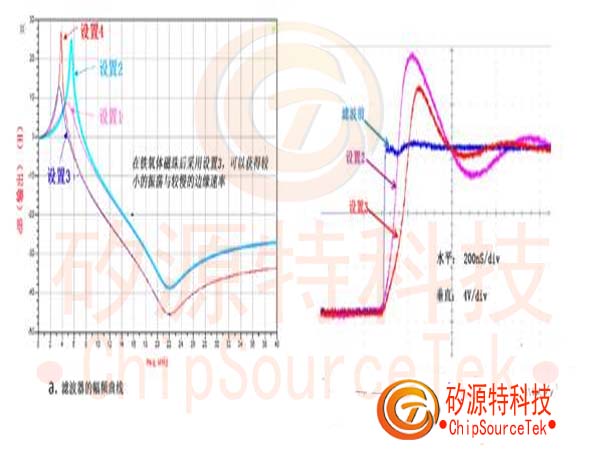
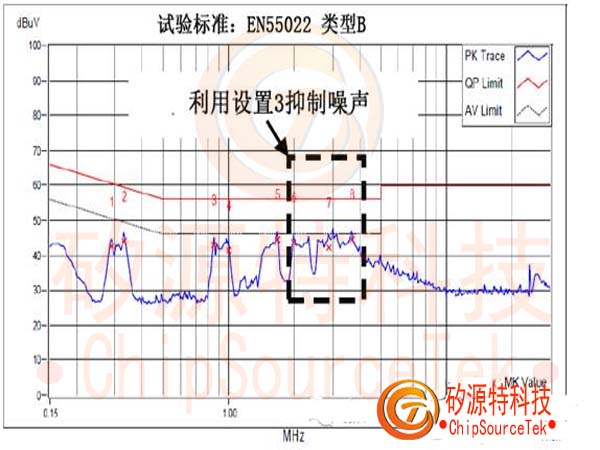
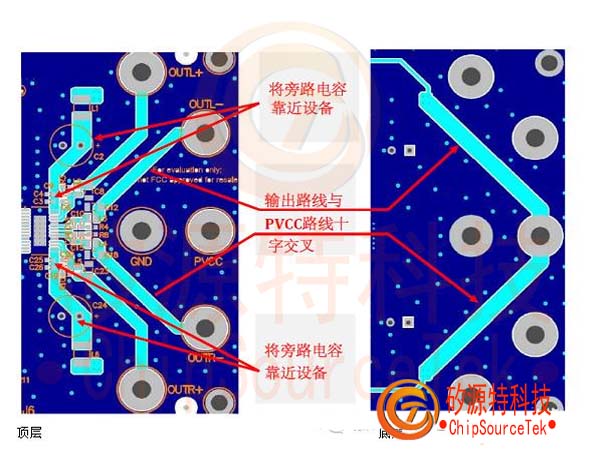

Figure 7 Tune to reduce oscillation and edge rate
In Figure 8. a, in the noise frequency band of the conductive EMI test, an oscillation with a period of 350 ns (approximately 2.85 MHz) was captured, and its energy has significantly weakened after the Zobel network, achieving higher edge gain.
Table 7 Filter and Zobel Network Settings


Figure 8 Adjusting the Zobel network and capacitance (reducing oscillations to achieve slower edge rates)
However, another issue has arisen, as shown in Figure 9, where the oscillation exacerbates the frequency band noise of 2MHz~4MHz (if the output current of Class D increases, the oscillation will be more severe). In theory, the higher the harmonic component, the smaller the amplitude should be, but the resonance frequency point of the filter changes this situation. Let‘s take a look at Figure 8. a. Compared to setting 4, setting 3 has better noise suppression ability in the 2MHz~5MHz frequency band. In the end, setting 3 showed the best tuning effect in reducing oscillation and achieved a lower edge rate, as well as a good EMI margin of 2MHz to 5MHz.

Figure 9: Oscillation intensifies 2MHz~4MHz frequency band noise (setting 4)
5 PCB layout
(5. l) Filter PCB layout
In order to minimize the filter current loop (current returns to GND), ensure that the current loop is small.
5. l. 1) Place the filter as close to the output pin as possible.
5. 1.2) Minimize the current loop of the filter grounding as much as possible.
5. 1.3) Try to ensure that the bottom layer of the filter and Class D equipment is a complete grounding layer.
5. 1.4) If you want to add a Zobell network to reduce oscillations, place the Zobell network as close to the filter as possible.
5. 1.5) Place the buffer circuit as close as possible to the output pins of the device.
(5.2) Power Layout

Figure 10 PVCC Layout
(5.3) Output
The output wiring of Class D power amplifiers is short and thick, including the short and thick wiring to the speaker, and even the use of shielded wires can effectively reduce EMI.
|
Disclaimer: This article is transferred from other platforms and does not represent the views and positions of this site. If there is any infringement or objection, please contact us to delete it. thank you! |











